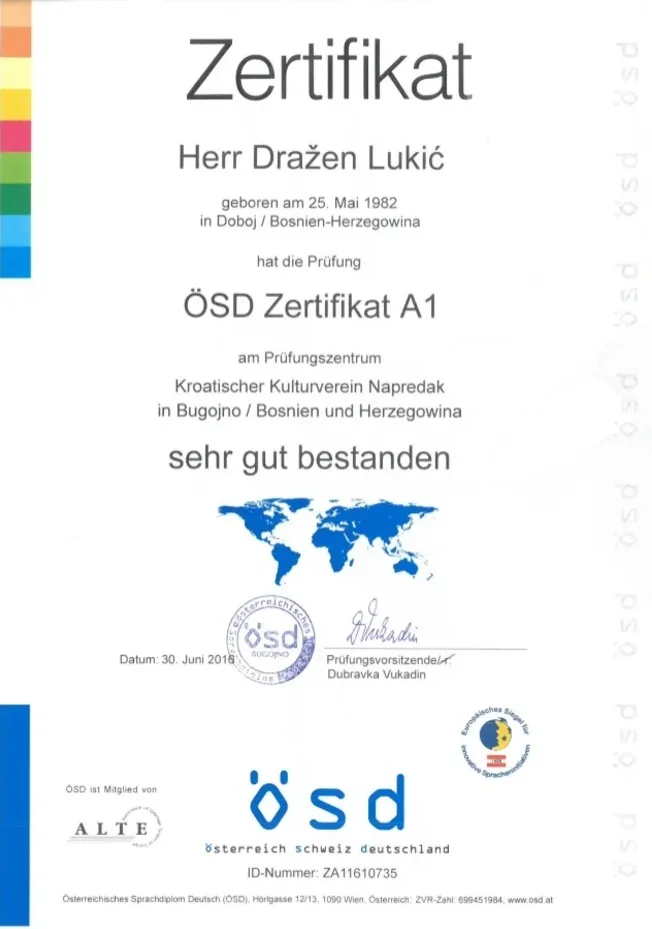Understanding the Integrated German Model: A Comprehensive Overview
The integrated German design, frequently referred to as the "German model," is an unique system that intertwines economic growth, social equity, and a strong concentrate on vocational training. It has gathered attention for its ability to keep a high level of work, strong industrial production, and a robust well-being state. This article looks into the complex layers of the integrated German model, examining its history, structure, benefits, and possible challenges. By the end, readers will have a clearer understanding of this notable financial framework and its ramifications for other countries.
Historical Context
Germany's economic structure has actually evolved substantially over the past century. The post-World War II period caused the requirement for reconstruction, resulting in the facility of a social market economy. Social market economy principles focused on balancing free-market capitalism with social policies that make sure reasonable competition and a safeguard for people.
Over the decades, the nation's economic policies have adapted to internal shifts and international changes. The reunification in 1990 presented brand-new difficulties and opportunities, prompting modifications in labor laws, training programs, and well-being arrangements. This development has actually led to the existing integrated German design, which includes various sectors and stakeholders.
Key Features of the Integrated German Model
The integrated German model is identified by numerous key elements that work cohesively to cultivate financial stability and social equity:
1. Vocational Training and Education
A foundation of the German model is its double education system, which integrates class knowing with practical on-the-job experience.
Apprenticeship Programs: Students generally enter professional programs at age 16, where they spend part of their time in a business and the other part in school.
Industry-Specific Training: Companies play a vital role in training employees tailored to fulfill the specific needs of their industry.
2. deutsch test integrated design assists in partnership amongst stakeholders, consisting of:
Market and Trade Unions: Open dialogue motivates cumulative bargaining and cooperation.
Government: The state produces policies that promote a well balanced relationship between company and labor interests.
3. Social Security Systems
Germany's well-being state is extensive, designed to supply residents with:
Health Care and Pension Schemes: Universal health care, retirement advantages, and unemployment insurance are basic elements of the well-being system.
Support for Families: Childcare support and parental leave efforts demonstrate a dedication to family welfare.
4. Economic Stability
Germany's economic framework highlights:
Export-Led Growth: With a strong manufacturing base, Germany is one of the world's leading exporters, concentrating on quality and innovation.
Fiscal Responsibility: The government preserves sound financial policies to guarantee long-lasting economic sustainability.
5. Ecological Sustainability
Recently, the German model has likewise integrated concepts of sustainability, becoming a frontrunner in renewable resource and environment-friendly practices.
Advantages of the Integrated German Model
The integrated German design offers numerous benefits that have actually made it a subject of adoration around the world:
Low Unemployment Rates: High levels of occupation training result in a knowledgeable labor force that meets market needs.
Strong Economic Performance: Germany has one of the largest economies in the European Union and one of the greatest worldwide, with a low average debt-to-GDP ratio.
Social Cohesion: By guaranteeing broad access to social advantages, the design helps to reduce inequalities and supports social movement.
Promoting Innovation: Close cooperation in between companies and academic institutions promotes a culture of development.
Difficulties Faced by the Integrated German Model
Regardless of its benefits, the integrated German design is not without challenges.
Aging Population: Germany deals with group shifts that could strain its social security system and workforce availability.
Worldwide Competition: Increased globalization and competitors require constant adjustment and development within markets.

Regional Disparities: Economic differences between Eastern and Western areas still continue, stemming from historic elements and differing levels of financial investment.
FAQs
Q1: What makes the German trade training system distinct?
A1: The double education system integrates theoretical understanding with useful training in a work environment, guaranteeing that students obtain relevant abilities that fulfill industry needs.
Q2: How does the integrated German model promote social equality?
A2: By providing comprehensive social well-being programs and ensuring access to education and task training, the model creates a framework that supports social movement and lowers financial variations.
Q3: What role does the federal government play in the German economic design?
A3: The federal government regulates and assists in cooperation in between companies and labor unions, creates social welfare policies, and buys education and infrastructure to promote economic growth.
Q4: Can other nations adopt the integrated German model?
A4: While elements of the integrated German model might be adjusted or embraced by other nations, the special historical, cultural, and financial contexts should be considered for effective implementation.
Conclusion
The integrated German model stands as a robust and versatile financial framework that emphasizes employment training, social equity, and cooperation between government, market, and labor. While difficulties exist, its strengths have made Germany a leading example of how a well balanced technique can yield significant advantages. As other countries look for to rejuvenate their economies and enhance social well-being, understanding the complexities of the integrated German design might provide important insights for future policies.
